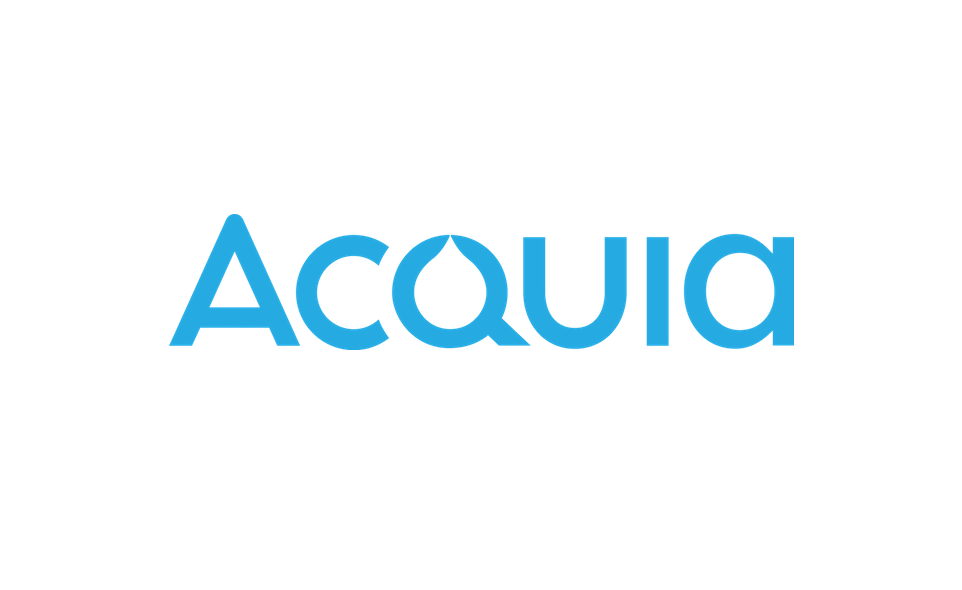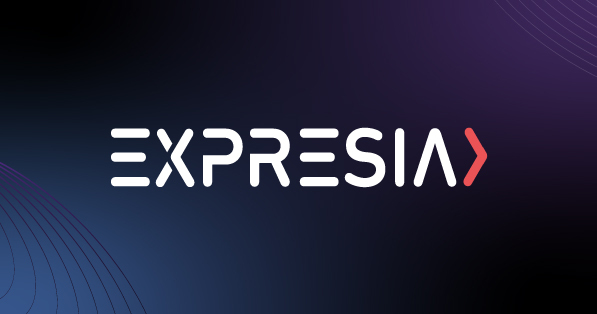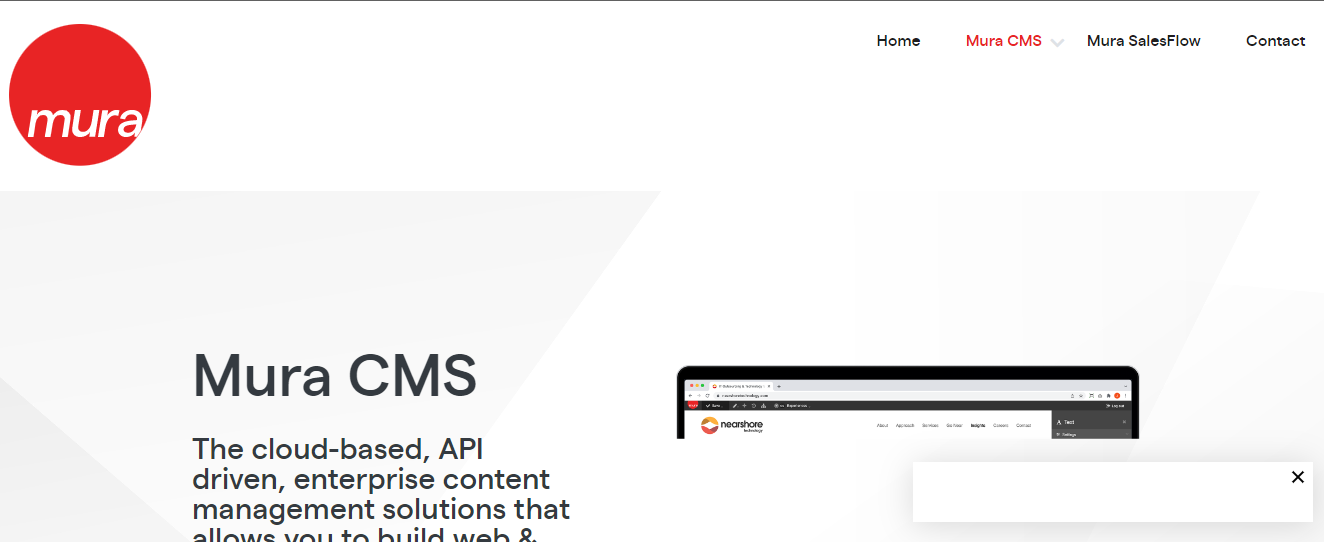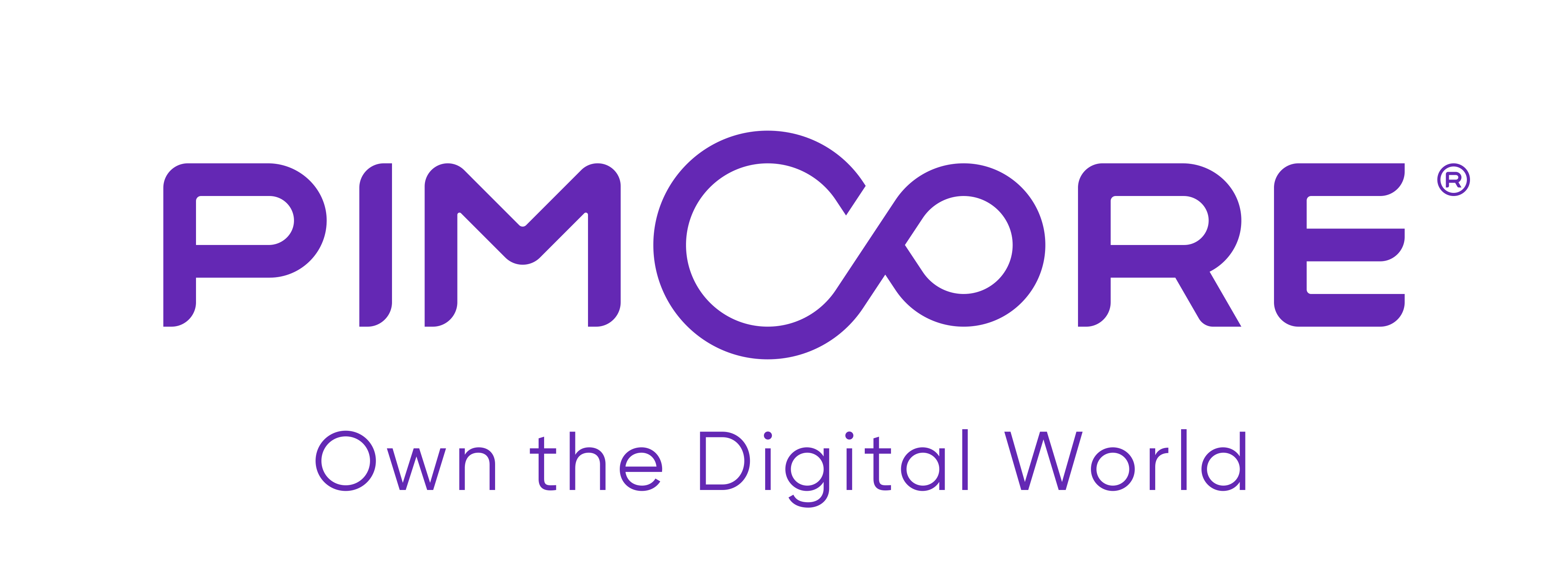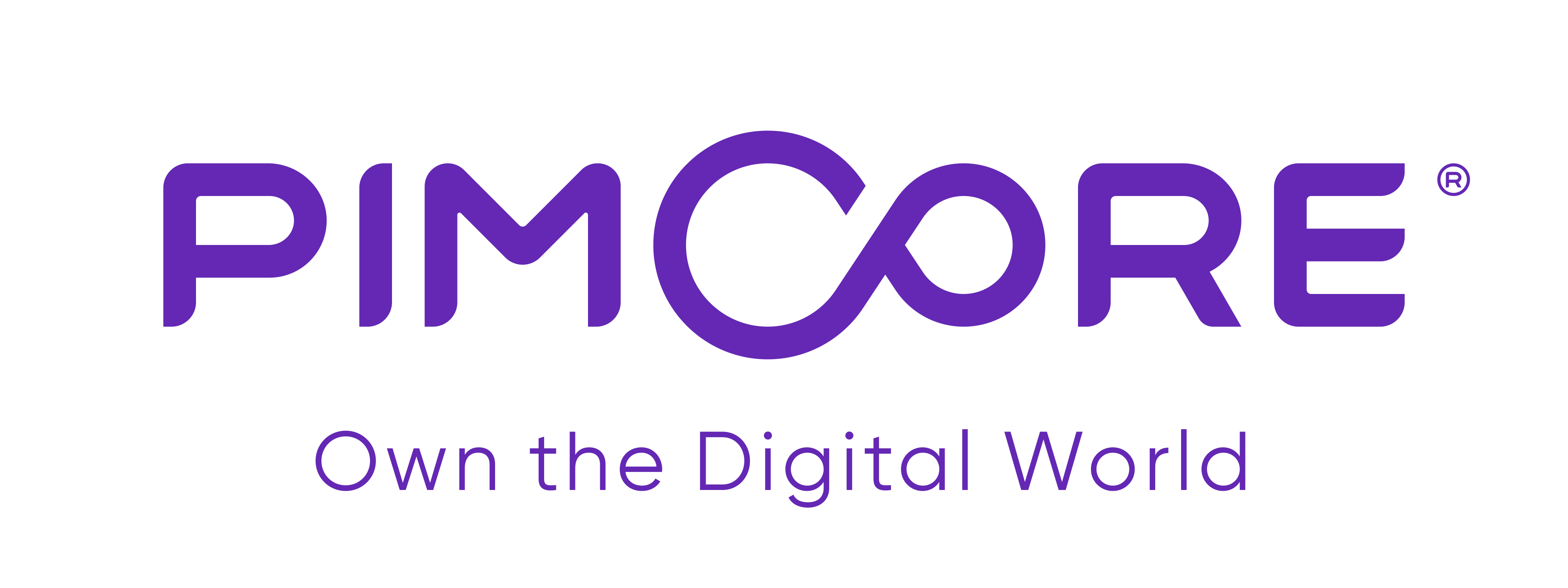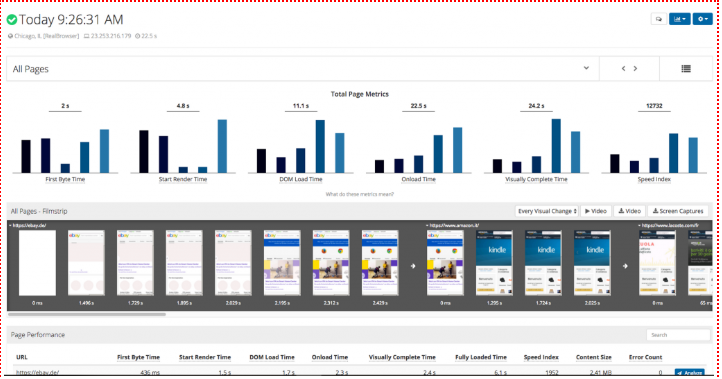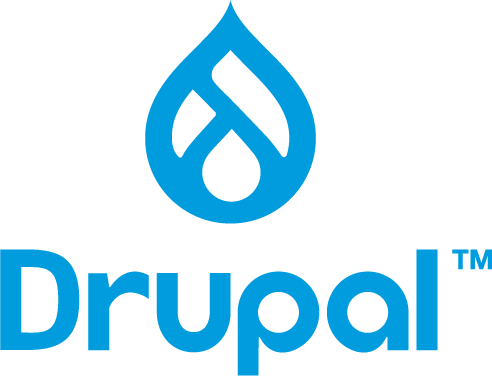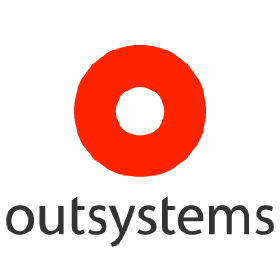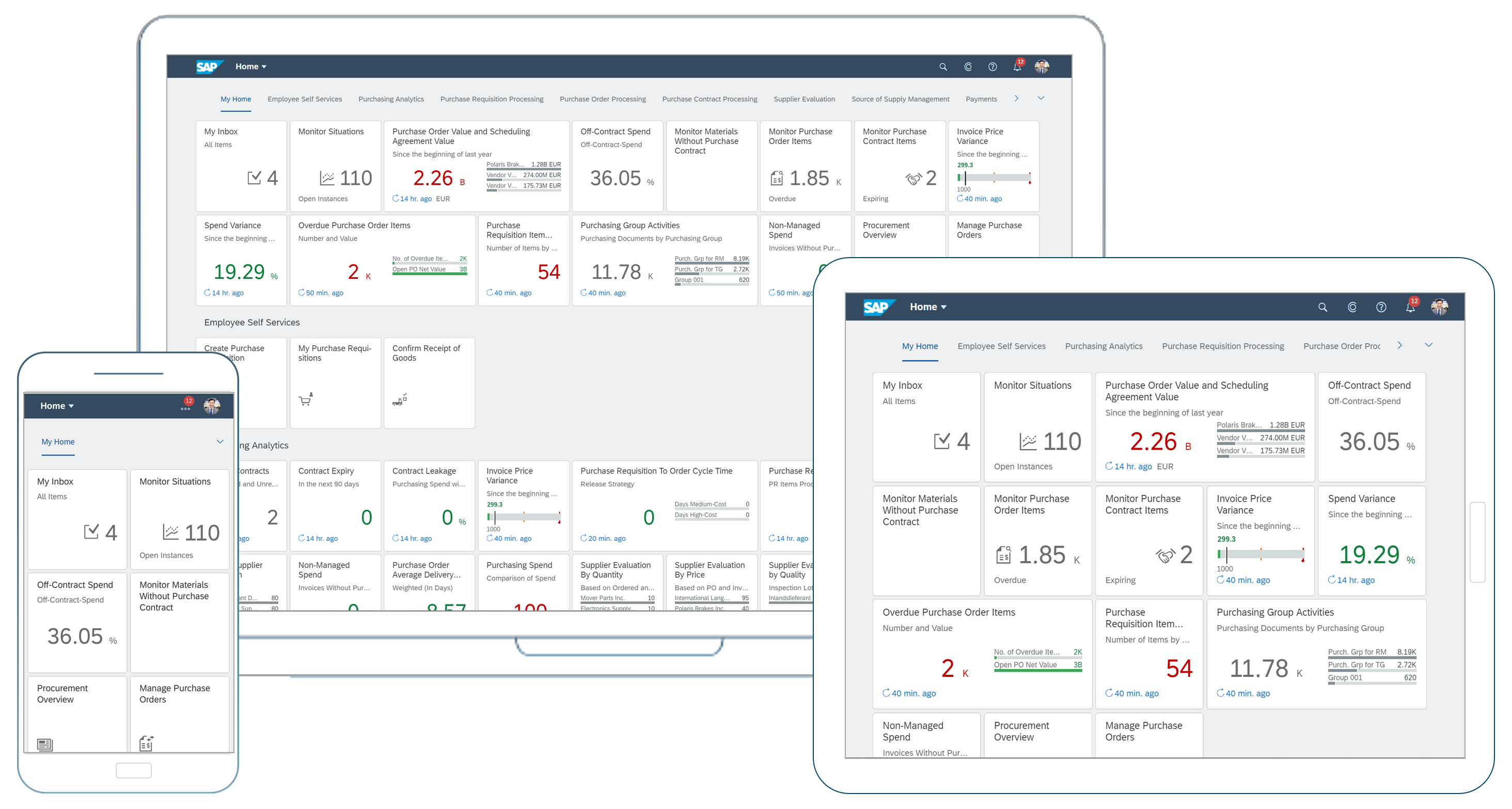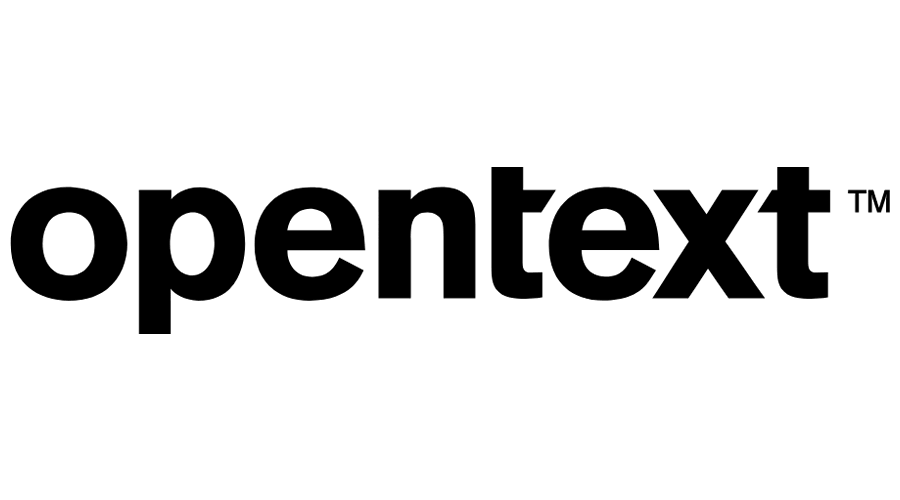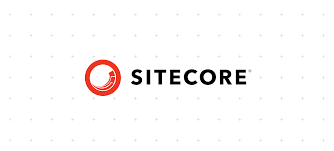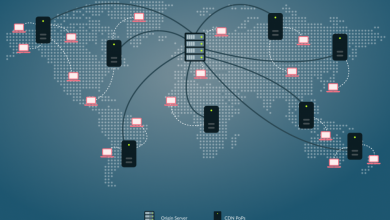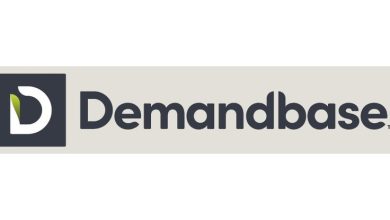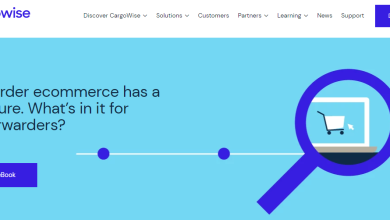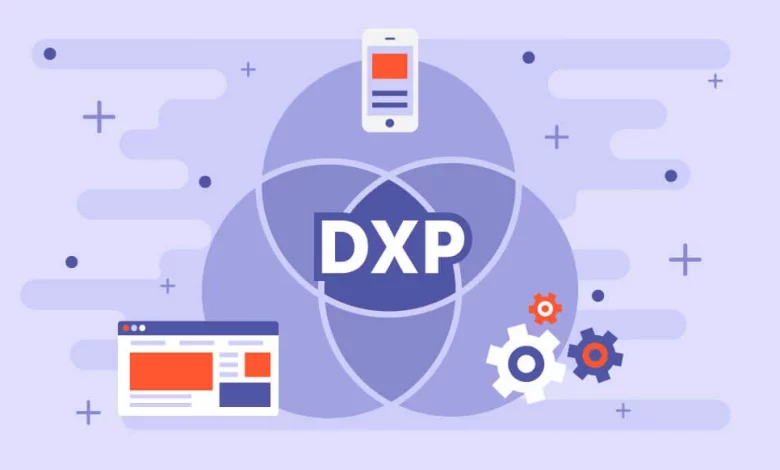
This article investigates the developing topic of digital experience and provides a list of the finest digital experience platforms (DXP) that digital customer experience managers are employing in leading firms today.
DXM Platforms: An Overview
Because digital experience platforms are a new kind of corporate software, there is some confusion about what they truly accomplish.
Digital experience platforms go by many different names and serve many different purposes. Digital experience Platforms, for example, may include components such as:
- Content hubs, content management platforms, or content management software (CMS)
- Systems for managing knowledge
- Customer Service Management (CRM)
- Platforms for customer experience, self-service, and customer support
- Tools for enterprise UX and UI design
- DevOps, software development, and application development tools.
- Management of digital assets
- Data protection, storage, network monitoring, and other IT managed services.
- Technology for payment processing
My goal here is to walk you through these emerging platforms, to help you understand how businesses are using them to improve the customer journey and overall customer service and to show you the best digital experience platforms you can use to navigate your enterprise through the uncertain waters of digital transformation.
Why should you utilise a digital experience platforms?
The following are some of the advantages of adopting a digital experience platforms:
- Real-time identification of user requirements
- By gathering more information about them, you will gain a more thorough knowledge of your consumers.
- Improve the accuracy of your marketing activities and content strategy, as well as improve your consumer touchpoints.
- Through a flexible architecture, you may become more adaptive to changes in digital marketing trends.
- Create more responsive apps that are easier to integrate with existing systems.
- Integrate your technological stack so that your isolated systems can communicate with one another.
You should be aware of these digital experience platforms. Continue reading for an overview of each tool, including what works and what doesn’t.
The Criteria for DX Tracking Comparison
What criteria do we use to evaluate digital experience platforms? My rating criteria are summarised below.
- Is the user interface (UI) clean and appealing?
- Usability: How easy is it to learn and master? Is the company’s tech support, user support, tutorials, and training adequate?
- Features and functionality:
- Content Composition Flexibility: How simple is it to create a new item? How adaptable are the layout and materials? How quickly can a mockup be created?
- Can a single piece of material be swiftly and consistently published across many platforms at the same time?
- Building workflows and MRM: How simple and adaptable are workflows and marketing resource management?
- Tracking and reporting: Can the technology monitor websites over time, tracking numerous critical performance parameters and visually displaying the data?
- Integrations: Is it simple to integrate with other tools? Are there any pre-built integrations?
- Price/quality ratio: How reasonable is the pricing in relation to the features, capabilities, and use case? Is the price straightforward, transparent, and adaptable?
20 Best Digital Experience Platforms To Try In 2022
Here is the list of best digital experience platforms you need to try at once.
#1. Acquia
Acquia is used by Warner Music Group to design, administer, and improve websites, applications, and other digital experiences. Acquia Cloud, Acquia Cloud Site Factory, Acquia Lightning, Acquia DAM, Acquia Lift, Acquia Commerce, and Acquia Journey are some of their offerings.
Acquia is simple to use, especially for non-technical users, making it ideal for organisations looking to bring bigger teams on board with digital content management and DX delivery. Because of this, they performed well in usability on the evaluation criterion.
Acquia Dev Desktop features a full Drupal-specific stack, which includes Apache, MySQL, and PHP. Thanks to its interaction with Acquia Cloud, Dev Desktop is also the simplest way to publish, create, and synchronise your local Drupal websites to the web.
Because the cost is too high, this instrument may not be suitable for smaller enterprises or groups. It would also be beneficial if there were more alternatives for putting bespoke software on the servers.
Acquia has a monthly fee of $215.50 and no free trial.
#2. Contentstack
The Gartner Peer Insights Customers’ Choice for Web Content Management Systems in 2019 was Contentstack (WCMS). Contentstack is a headless CMS with powerful image management, infinite environments, and versioning and rollback capabilities.
Instead of spreading itself too thin, this software is a SaaS headless CMS that keeps its features laser-focused on what it wants to excel at. Contentstack excels in modular blocks and groups, as well as batch and scheduled publication.
Explanation of integration: Google Analytics, Optimizely, Ooyala, YouTube, MonkeyLearn, IMB Watson, Shopify, Marketo, Egnyte, and Brightcove all support third-party app integration. A particular web integration using an API can also be integrated.
The user interface is a touch clumsy, which cost them a few points in the user experience and aesthetics rating categories. Certain pieces, for example, appeared too huge or too tiny in their respective positions, and drag-and-drop grids felt uncomfortable.
Contentstack has a monthly fee of $3,500 and a free trial.
#3. Expresia
Expresia, as a holistic digital experience platforms, is intended to empower companies, agencies, and developers by breaking down obstacles and creating brand-defining digital goods. With over 15 years of development experience, they provide a cohesive vision to help companies of all sizes construct their ideal digital-first experience.
Expresia also assists organisations in developing customer-centric strategies by providing superior real-time digital experiences to customers. They have a highly experienced staff of tech-savvy individuals that can assist you in carrying out smooth cooperation between technical, marketing, and business teams to get the best potential conclusion.
Their all-in-one SaaS digital experience platforms is designed to help companies generate future-proof digital assets and maintain a competitive advantage. Expresia’s strong technology allows you to provide a uniform workflow to your development team and create a dependable and adaptable digital experience.
Expressia provides unlimited users with up to 100,000 API queries per month for free. If you require more leeway, pricing starts at $500/project on a pay-as-you-go basis.
#4. Adobe AEM
Adobe’s solution to a DX platform is Experience Manager, which provides forms and communications procedures, web content management, and high-traffic handling with cloud scale and security. This Managed Service supports your digital experience plan with automation and monitoring.
The programme, like other Adobe products, is extremely feature-rich. The tool excels, in particular in how it handles component building pieces and flexible workflow integration. If you can afford it, it is one of the best web content management systems for larger businesses.
This Adobe Campaign Standard and Adobe Experience Manager connection allow you to incorporate Adobe Experience Manager material into your Adobe Campaign emails. A/B tests can not be run on material imported from Adobe Experience Manager.
Adobe AEM lost several points in the Value for Price area of the assessment criteria simply because it is by far the most expensive product on our list. As is customary with Adobe products, all the meaty features come at a cost.
Adobe AEM costs $250,000 a year and comes with a free demo.
#5. MindTouch
MindTouch, based in San Diego, was recognised as one of JMP Securities’ 2017 Hot 100 top privately owned software firms, with 43 million monthly users. MindTouch provides several styling and formatting possibilities for your material through embedding and other technologies.
MindTouch excels in several areas: the WYSIWYG writing tools are simple and quick to use; the customization choices are extensive; and it offers excellent enterprise capabilities such as SSL, CNAME, and white-labeling.
MindTouch material may be integrated into other programmes or systems using embeddable web widgets or a secure API. MindTouch integrations are built on a set of connectors known as “Touchpoints,” and its open API allows developers to further modify MindTouch content integrations.
Due to complex scripting and stylistic requirements, IT help or third-party involvement may be necessary. This cost them a few points in usability because smaller businesses may find it prohibitively expensive.
MindTouch provides unique prices on request and provides a free trial.
#6. Mura
Content management, content customization, and content as a service, as well as solutions to sync online experiences with email, PPC, SEM, and other web channels,
Mura offers a robust API that allows you to utilise the programme however you see fit, while also providing for plenty of flexibility, scalability, and integration. This was one of the software’s most powerful features.
Explanation of integration: Mura plugins are a secure method to expand and add new features to Mura CMS. Plugins are created by third-party developers and may be found on GitHub by searching for “Mura CMS plugin.” Otherwise, there is no “official” plugin list.
Mura, which is written in CFML and hosted by ColdFusion, lost some usability points based on our evaluation criteria solely because it is “less common” than its competitors. You may have difficulties assembling a community and locating contractors willing to labour (at a low cost) under these conditions.
Mura provides unique quotes on request and a free demo.
#7. Pimcore
Pimcore is an open-source enterprise DXP utilised by over 80,000 businesses that combines PIM/MDM, DAM, CMS/UX, and eCommerce solutions. Its adaptable application design allows for growth and expansion as needed, resulting in an agile ecosystem.
Pimcore does highly in the Value for Price assessment area because of its cheap yearly cost and the availability of a freemium edition for consumers. More capabilities are available in the Enterprise Subscription, which is more expensive, although the freemium version will be enough for smaller companies.
Pimcore effectively combines data from a variety of internal data sources, including CRMs, ERP applications, hard drives, suppliers, external partners, and syndicators. Data import and export between Pimcore and external systems facilitates product data integration.
Pimcore is very adaptable, yet it sometimes requires significant work right out of the box to fulfil unique needs. It is not a plug-and-play tool, and it may require some trial and effort to set up.
Pimcore costs $1.99 per year and includes a freemium edition as well as a free trial.
#8. Magnolia
Magnolia, founded in 1997, delivers DX tools to construct a completely customised digital platform, design and preview experiences for every channel, and speed personalization and optimization. Magnolia is available in the cloud or on-premises, and can be used in both headless and headless architectures.
Magnolia performed highly in our assessment criteria’s integration parts because of its broad flexibility and connectivity. Developers will like the well-documented APIs, open-source software, and free Community Edition.
Java APIs, REST, SOAP, CMIS, XML, and other protocols can be used to integrate other applications.Magnolia is an API-first, cloud-native e-commerce platform with out-of-the-box connectivity to commerce tools.
The main disadvantage of this product is that it is not mobile or tablet friendly, which significantly limits what devices and where they may be used.
Magnolia provides personalised quotations upon request and offers both a free trial and a free community edition of the programme.
#9. Rigor
Rigor monitors and alerts on critical processes improves website performance by providing actionable data, and analyses your applications. By simulating upstream and downstream speeds and latency using Network Throttling, this tool may uncover performance flaws affecting mobile consumers.
Rigor excels at reporting, analytics, measurables, and KPI tracking, earning high marks in the Features-Reporting section of the assessment criteria block. They continue to excel in information visualisation, site health indicators, and diagnosing malfunction areas once data is collected.
Rigor’s website does not list any third-party or out-of-the-box integration solutions.
One small disadvantage is that monitoring of a single URL is limited; before committing to this constraint, consider the future extent of web-based material.
Rigor costs $250 a month and offers a free trial and demo.
Censhare, founded in 2001 as CoWare AG, is a digital experience platforms that supports all file types (including video and 3D), has multi-level duplication checks, automated versioning, an integrated picture editor, and rule-based archiving and de-archiving.
This programme includes an excellent workflow engine that focuses on customization and setting various workflows. The process/workflow design flow is adaptable, which reduces time to market.
Their best feature in this category is InDesign integration. Furthermore, integration with censhare Web Content Management is suitable for apps that are constantly updated in real-time.
They lost points in the assessment criterion category for value for money because the price is high in comparison to similar solutions with comparable feature sets.
Censhare has a monthly fee of $1000 and no free trial.
#11. Drupal
The Drupal platform enables organisations to manage unique content across channels and provide tailored experiences in order to interact with their target audience.
Drupal is working hard to address the growing need for tailored content. The Drupal platform can handle everything from client engagement to lead generation and revenue measurement.
Furthermore, it enables marketers and entrepreneurs to simply manage websites, multi-channel digital experiences, and purchasing experiences, as well as integrate a broad digital marketing ecosystem.
#12. OutSystems
OutSystems is a popular low-code platform that has been upgraded and automated. It is brimming with AI automation, visualisation tools, integration support, and cloud architecture, all of which promise to help enterprises develop important enterprise-grade apps correctly and quickly.
OutSystems offers an infinite number of template designs to help you improve customer experience, automate business processes and workflows, and much more.
It enables developers to create complex corporate apps using a drag-and-drop interface. Using the pre-defined templates in OutSystems, you can simply create seamless client experiences.
#13. SAP Fiori
SAP Fiori is digital experience platform that enable the creation of UI technology-independent apps through the use of Fiori element templates to scale product development.
SAP, a global leader in corporate application software, provides a high-quality digital experience across all organisations, tasks, and devices.
The SAP digital experience platforms incorporate machine learning, IoT, and advanced analytics technologies. The platform offers a full set of DX solutions for creating web-based apps, iOS, and Android platforms.
#14. Integrately
Integrately is a tool for no-code automation. Customers enjoy how simple it is to use. With a single click, you may link all of your favourite and necessary apps.
Furthermore, when you connect to an app, the tool provides a comprehensive recipe. You can choose and adjust your rules to ensure a smooth operation.
You may, for example, integrate Slack and Trello to interact with your team. You can send a message in Slack every time you create a card in Trello.
#15. Salesforce
Salesforce’s digital experience platform is based on Customer 360. Salesforce DXP enables businesses to provide quicker digital experiences across all channels. It eventually promotes your company’s growth while engaging more customers through data-driven websites, portals, and mobile apps.
Salesforce creates a tailored, consistent digital customer experience. It offers you a streamlined, quick, and efficient digital consumer experience.
With a developing ecosystem of AI and integrations, the Salesforce digital experience platforms assist customers with customer-centric development, building deeper connections, creating tailored content, improving branding, increasing engagement, and scaling as needed.
Salesforce customer 360 solutions use data-driven sites, portals, and applications to revolutionise the customer experience.
The Salesforce platform transforms huge volumes of available consumer data into intelligent, actionable solutions for a one-of-a-kind digital customer experience. The platform is well-known for its scalable design, robust features, and extensive usefulness.
#16. Liferay
The Liferay Digital Experience Platform (DXP) is intended to take on future technological trends such as microservices, digital experience management, and faster development management.
Liferay is intended to support digital transformation and to help feature-rich businesses deal with difficulties related to cloud technology, digital tools, and customer experience efforts. Businesses may simply and rapidly handle crucial business concerns using Liferay.
The Liferay platform enables you to automate business processes quickly, provide multi-channel assistance, customise data, and collaborate on projects. It provides users with personalised workflows and sign-in options.
Furthermore, by implementing a self-service portal to expedite user, partner, and customer procedures, you may improve customer experiences and increase operational efficiency.
#17. OpenText
OpenText is a cloud-native platform that focuses on major corporations, such as utility companies, financial services firms, and government agencies, to attract, acquire, engage, and retain consumers through marketing and customer support experiences.
OpenText provides omni-channel content distribution capabilities across many customer touchpoints. Utility consumers, for example, should receive the same information and experience when calling a call centre as they do when browsing the utility’s website or accessing it remotely through a mobile app. These experiences rely on an interconnected content ecosystem in which changes are transmitted to all channels in real-time.
OpenText combines several technologies to create enterprise-specific DXPs that are suited to the needs of certain businesses. Individual products keep their own repositories and content capture techniques while sharing uniform sets of information about content pieces and business processes.
#18. Beaconstac
Beaconstac is a cutting-edge QR Code platform that bridges the real and digital worlds. Beaconstac, which is designed for enterprises of all kinds, allows you to produce QR Codes for a variety of use cases. Using this solution, you may digitise discount codes, PDFs, audio recordings, feedback forms, business cards, and many other items.
All your clients have to do is scan the QR code with their cellphones. They’ll have the facts at their fingertips in a second. These digital interactions may help your company engage with customers and develop long-term loyalty.
#19. Sitecore
Sitecore targets marketing departments in big-to-mid-sized businesses, particularly those that rely on Microsoft apps and Azure.
Sitecore delivers the underlying technology and integration services for content management, personalization, e-commerce, and tracking outcomes. It provides experiences across several channels and to various client endpoints, including websites, mobile applications, kiosks, and other digital devices.
Sitecore creates two digital experience platforms that mix people, processes, and technology, each with their own set of advantages. The underlying toolkit and application development environment for both platforms is Microsoft.NET.
Sitecore Experience Manager (XM) is a traditional, fully equipped WCM system that can be installed on-premises or in the cloud as a self-contained platform as a service (PaaS) offering. It separates content management from display, including WYSIWYG template modification, and can produce many microsites rapidly.
#20. Oracle
Oracle Material and Experience (CX Content) is a DX platform that converts content into experiences, particularly those reliant on rich media. Within a common repository, this platform stores and maintains all types of material, including text, semistructured forms, photos, videos, soundtracks, and other types of snackable content components.
CX Material combines DAM and CMS features, allowing business teams to edit, organise, and publish required content for experiences collaboratively. CX Content also features a collaborative video editing environment for line-of-business employees to create their own videos.
Frequently Asked Questions About DXP Software
What exactly is a digital experience?
Digital Experience (DX) is a new field that focuses on enhancing interactions between people and organisations via digital touchpoints. Customers, clients, workers, and many other sorts of users can connect digitally via digital applications such as a website, a customer portal, or even games and online marketplaces.
A user can have millions of interactions. However, some popular instances of digital interactions include watching an advertisement, looking for an item, entering information, and obtaining a product.
What is digital experience management?
Digital Experience Management (DXM), also known as Digital Customer Experience Management (DCXM), is a new profession focused on improving interactions between customers and enterprises enabled by digital technology. It is inspired by many of the same ideas as Customer Experience (CX) and User Experience (UX) (UX).
More information on “What is Digital Experience?” may be found above.
What exactly is a digital platform?
A digital platform, at its heart, enables an organisation to supply products and services while also connecting the operations that contribute to their delivery. A layer in an organization’s ecosystem, digital platforms include a range of capabilities and features such as databases, APIs, payment processing technologies, digital asset management, numerous user interfaces, content management software (CMS), and more.
What is an example of a digital platform?
Digital platforms include the following:
- platforms such as Etsy and Amazon.
- GitHub and software artefact repositories are examples of repository platforms.
- platforms for searching, such as Google or YouTube.
- platforms for social interaction, such as LinkedIn or Facebook.
- Itunes and Spotify are examples of media platforms.
In many situations, the tasks of different platforms overlap, or a single platform combines the capabilities of many platform types.

